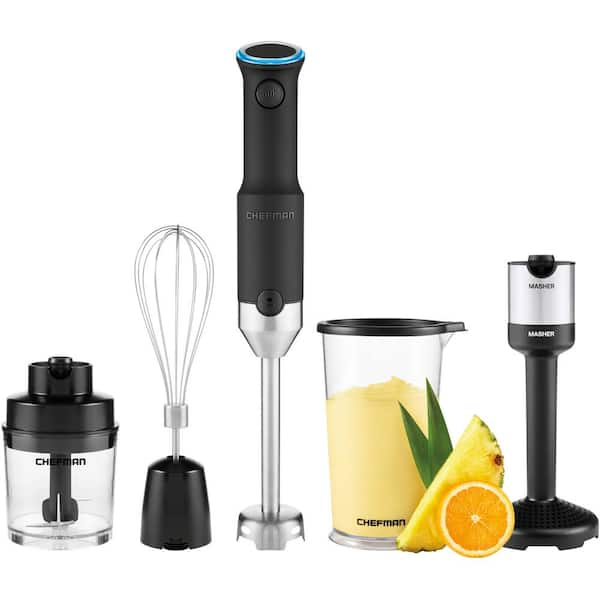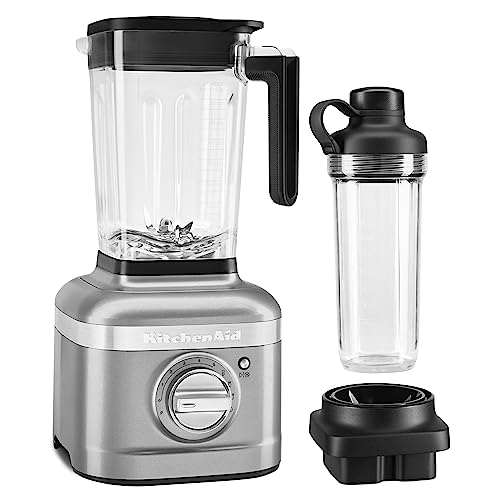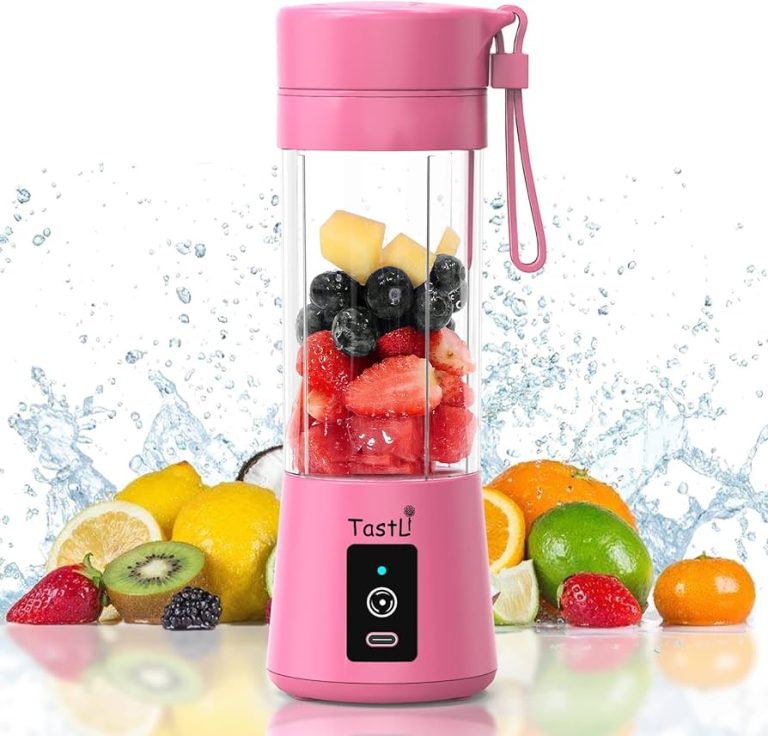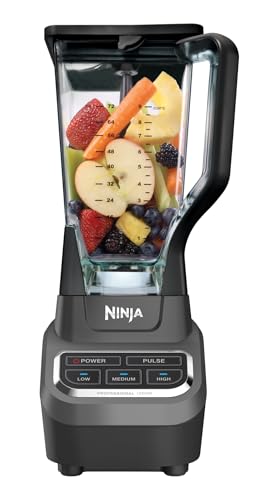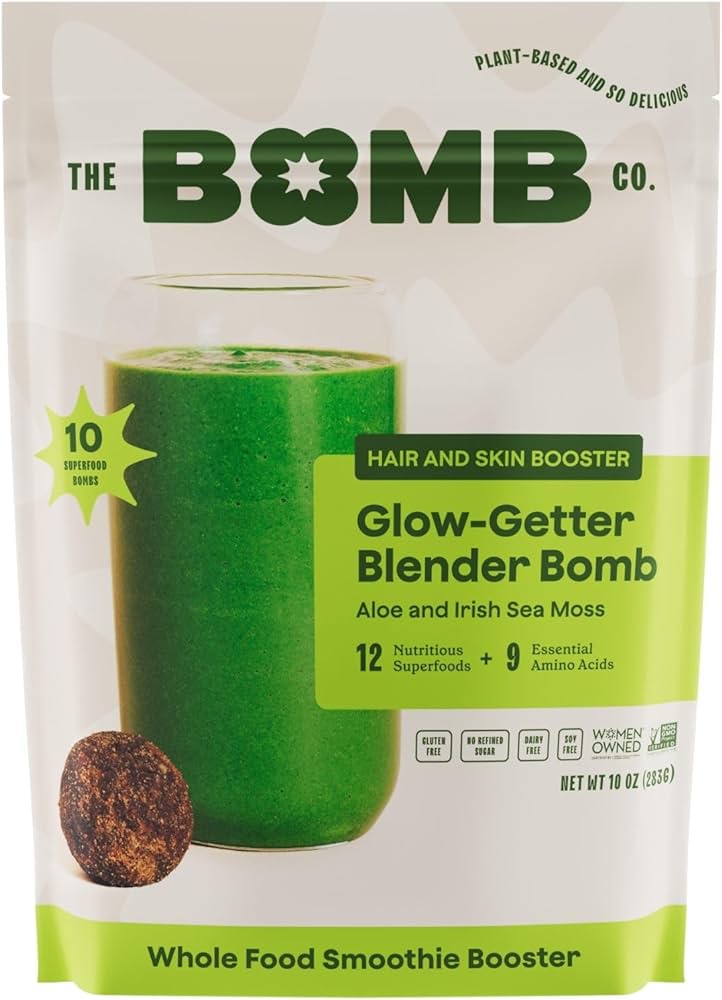Can Blenders And Food Processors Be Recycled: Eco-Smart Tips!
Blenders and food processors can be recycled through proper electronic waste channels. Components such as motors, plastics, and metals are typically recyclable.
Getting rid of an old blender or food processor? Remember, tossing them in the trash isn’t the end of the line. These kitchen appliances contain valuable materials that can live on through recycling. Both blenders and food processors consist of metals, plastics, and electronic parts, which specialist recycling centers can repurpose.
By diverting these appliances from landfills, we conserve natural resources and reduce environmental pollution. Before recycling, check with local waste management services or electronic disposal centers for specific guidelines. Embracing this eco-friendly disposal method not only benefits the environment but also supports the circular economy by giving old appliances a new lease on life.
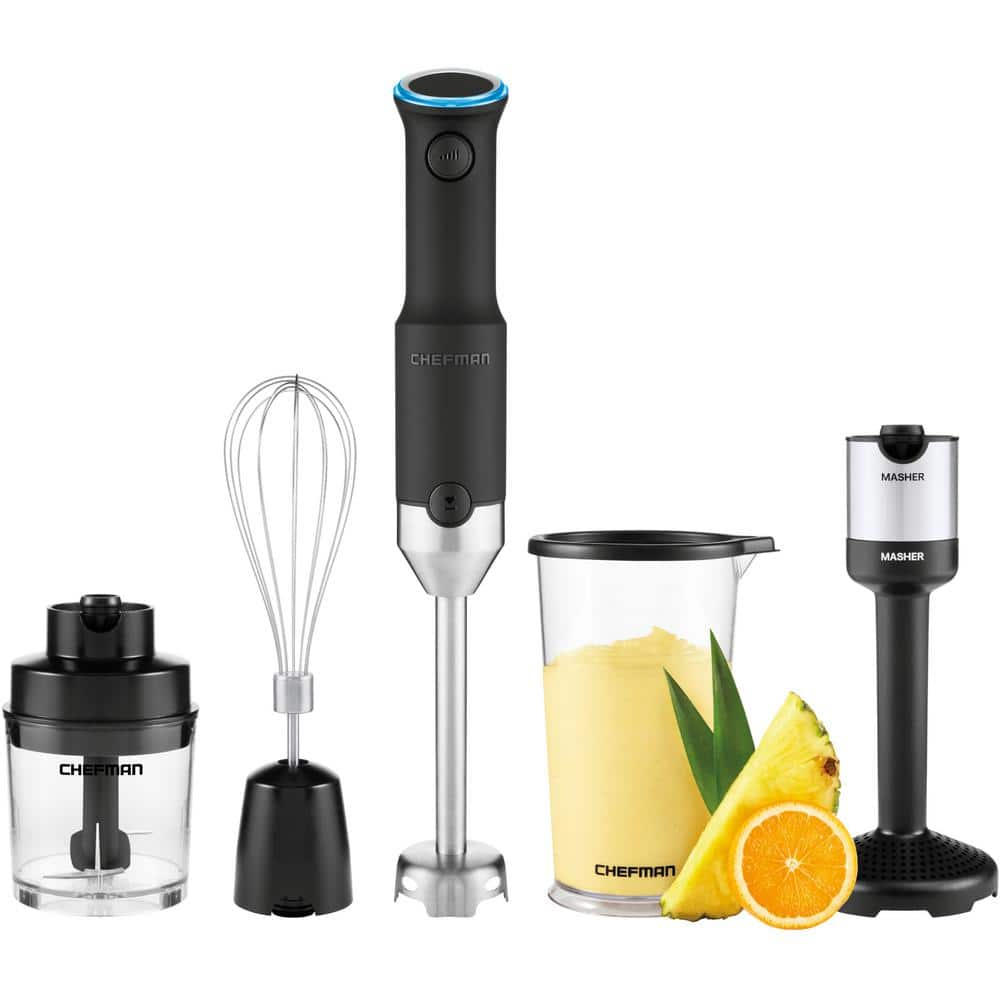
Credit: www.homedepot.com
The Life Cycle Of Kitchen Appliances
Understanding the life cycle of kitchen appliances like blenders and food processors shines a light on their environmental impact. From their creation to their final disposal, each stage carries potential for ecological footprint. Exploring this life cycle helps in making informed choices for both purchase and disposal.
Materials And Sustainability In Manufacturing
Blenders and food processors begin as raw materials. These might include:
- Metals like stainless steel for blades.
- Plastics for casings and buttons.
- Glass for blending jars.
Manufacturers must focus on sustainable practices. They can achieve this by:
- Using recycled materials.
- Minimizing waste during production.
- Ensuring long-term durability to reduce turnover.
Usage, Energy Efficiency, And End-of-life
Once in your kitchen, the energy efficiency of these appliances matters. Look for ENERGY STAR ratings to ensure less power consumption. Regular maintenance prolongs their lifespan. Examples include:
- Sharpening blades.
- Cleaning after each use.
- Proper storage.
At end-of-life, recycling comes into play. Options include:
| Component | Can be Recycled? | Recycling Method |
|---|---|---|
| Metals | Yes | Metal recycling facilities. |
| Plastics | Often | Eco centers or specialized facilities. |
| Glass | Yes | Local recycling programs. |
| Electronics | Sometimes | Take-back programs or e-waste centers. |
Remember, disposing responsibly maximizes the appliance life cycle’s sustainability.
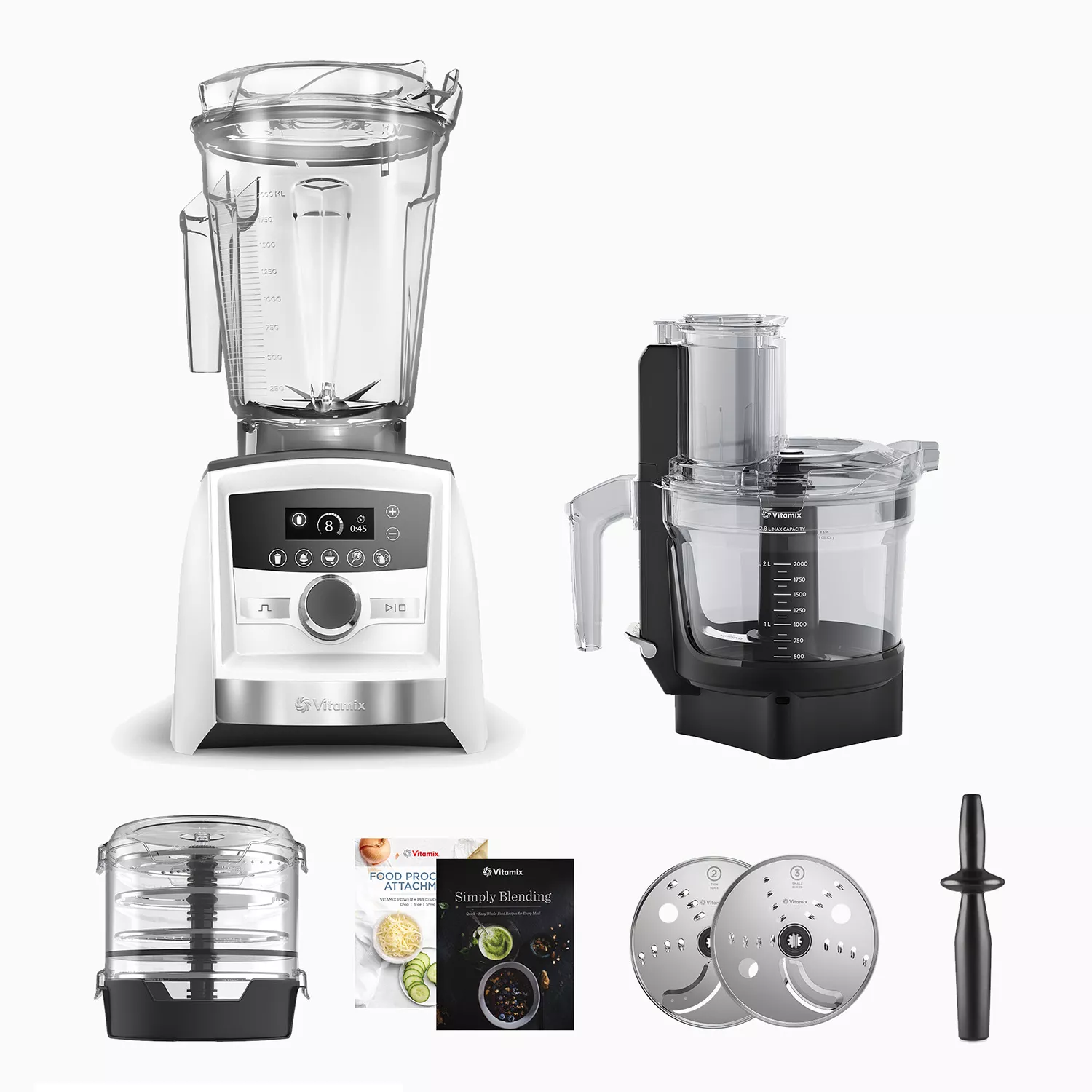
Credit: www.surlatable.com
Types Of Blenders And Food Processors
Blenders and food processors are essential kitchen tools. Each type caters to different culinary tasks.
Design Variations And Component Materials
Blenders and food processors come in various designs.
| Appliance Type | Common Designs |
|---|---|
| Blenders | Handheld, Countertop, Immersion |
| Food Processors | Mini, Full-size, Commercial |
Different materials are used for their construction.
- Plastic
- Stainless steel
- Glass
Durability And Recyclability Potential
Durability varies with design and material.
- Stainless steel parts offer longevity.
- Plastic components may be less durable.
Recycling potential is significant. Blenders and processors can often be dismantled.
- Separate metals
- Sort plastics
- Handle glass with care
Specialized recycling centers handle electronic waste.
Recycling Challenges For Kitchen Gadgets
Our kitchens are full of helpful gadgets, like blenders and food processors. But recycling these items isn’t straightforward. The mix of materials and complex parts makes recycling a challenge. Let’s dive into the difficulties faced when dealing with these appliances.
Complexity Of Electrical Appliances
Kitchen gadgets are complex with many pieces. Think motors, wires, and plastic casings. Recycling centers have to separate all these parts. This task is tough and needs special machines.
- Plastic: Often not labeled for recycling
- Metal: Different types are used
- Electronics: Need careful handling
Separation And Processing Of Mixed Materials
Separating materials is key for recycling. Blenders and food processors have plastic, glass, and metal. These materials go through different recycling processes.
| Material | Separation | Recycling Process |
|---|---|---|
| Plastic | Remove screws and glues | Melt down for reuse |
| Glass | Clean and crush | Remelt to form new products |
| Metal | Use magnets and sensors | Smelt and reform |
To properly recycle, we must disassemble these gadgets into single materials. Specialized centers then process each part. Many locations lack these facilities. This makes recycling these kitchen friends less common.
Local Recycling Programs And Policies
Local Recycling Programs and Policies are crucial when considering the disposal of kitchen appliances. Blenders and food processors consist of various materials. Some are recyclable, while others are not. Local programs dictate what you can recycle and how to do it.
Understanding Your Municipality’s Guidelines
Each area has specific rules for recycling electronics like blenders and food processors. Check with local authorities to understand the guidelines. They can tell you what parts of your appliance you can recycle. Often, plastic, glass, and metal parts are recyclable. Electronic components might need special handling.
- Separate recyclable parts according to guidelines.
- Know which materials go in your curbside bin.
- Look out for special e-waste recycling events in your area.
How To Locate Specialized Recycling Centers
Some centers handle electronics and appliances.
- Use online directories like Earth911 for locations.
- Reach out to local environmental agencies for advice.
- Stores selling electronics might offer take-back programs.
Remember: Proper disposal protects the environment and can even lead to resource recovery. Confirming with these centers before dropping off ensures smooth recycling.
Eco-smart Tips For Disposal And Upcycling
Think twice before tossing that old blender or food processor. Eco-smart disposal and upcycling can convert waste into resourceful treasures. Discover best practices for responsible disposal and spark your creativity with upcycling projects.
Best Practices For Eco-friendly Disposal
Recycle responsibly. Many components of blenders and food processors can be recycled. Start by separating the metal, plastic, and electronic parts:
- Metal – almost always recyclable, so check with local facilities.
- Plastic – varies by type; look for recycling symbols.
- Electronics – require special handling; find e-waste centers.
Remember to remove any food residue. Wipe clean before recycling. For local recycling rules, check with municipal guidelines. Some retailers also offer take-back programs for small appliances.
Creative Ideas For Upcycling Old Blenders And Food Processors
Upcycling offers a creative and sustainable solution. Transform your old machines into something new:
| Item | Idea |
|---|---|
| Blender Jar | Turn into a terrarium or stationary holder. |
| Food Processor Bowl | Use it as a kitchen herb garden or to store craft supplies. |
| Blades | Repurpose as wall art or a unique clock. |
Get creative with the motor. Can it power small science experiments? Always prioritize safety when handling electronics. Consult professionals if needed.
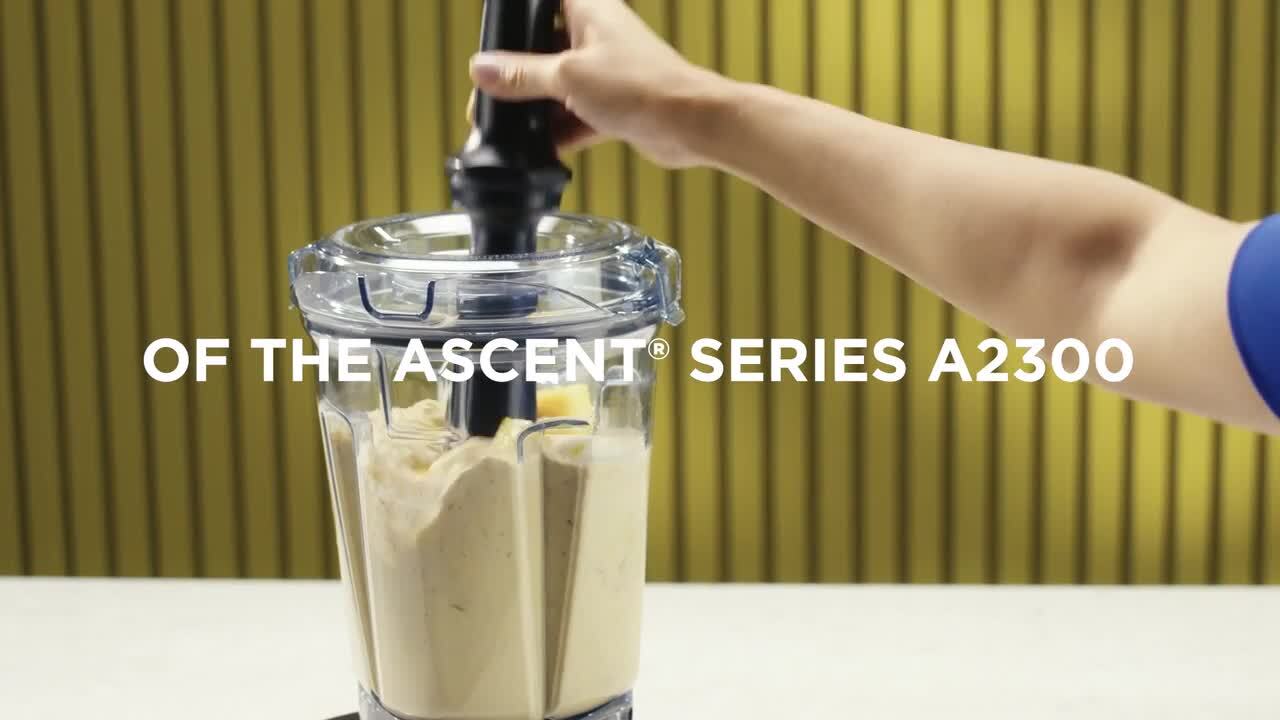
Credit: www.homedepot.com
Advancing Toward A Circular Economy
In the quest to create a more sustainable world, the concept of a circular economy is critical. Can blenders and food processors be recycled? Not only is it possible, but it’s a vital step in reducing waste. A circular economy embodies the reuse, recycling, and refurbishing of products to prolong their lifecycle. This approach differs from the linear ‘take-make-dispose’ economy, focusing on keeping resources in use for as long as possible. In this shift, the roles of manufacturers and consumers become paramount.
The Role Of Manufacturers In Recycling
Manufacturers hold a key position in the move towards a circular economy. They design products that are easier to dismantle and recycle. Design for recyclability becomes a standard, ensuring that every blender and food processor reaches the end of its life can indeed be recycled. Companies are adopting extended producer responsibility (EPR), which means they take back used appliances for proper recycling or disposal. Innovative material choices and modular designs also make the recycling process more efficient.
- Easy disassembly for recycling
- Adoption of Extended Producer Responsibility (EPR)
- Use of recycled materials in new products
Consumer Actions To Promote Sustainability
Every individual plays a vital part in sustaining our environment. Simple actions can have a profound impact. First and foremost, consumers should utilize recycling programs available in their communities. Before throwing a blender or food processor away, check if your local waste facility accepts these appliances. Many communities have electronics recycling days where such items can be brought in. Consumers can also donate working appliances for reuse or repurposing. By selecting products from companies that value sustainability, consumers support the circular economy movement.
- Participate in local recycling programs
- Donate working appliances
- Choose sustainable brands and products
Frequently Asked Questions For Can Blenders And Food Processors Be Recycled
Can You Recycle Old Blenders?
You can recycle old blenders, but not in your standard recycling bin. Specialized electronic waste recycling facilities handle them. They extract valuable metals and plastics for reuse. Check with local waste management for e-waste procedures.
Is A Food Processor Considered E-waste?
Yes, a food processor is considered e-waste due to its electronic components. It should be taken to a designated e-waste recycling center. These facilities safely dismantle and recycle the device, preventing hazardous waste from entering landfills.
How To Dispose Of Non-working Blenders?
Dispose of non-working blenders at local e-waste recycling facilities. They can safely dismantle non-working blenders. Avoid throwing them in the trash due to hazardous materials. Some manufacturers also offer take-back programs.
Do Recycling Centers Accept Food Processors?
Some recycling centers accept food processors as e-waste. It’s best to call ahead and verify acceptance policies. Remember that only specialized e-waste recyclers can properly handle them.
Conclusion
Recycling blenders and food processors is indeed possible, and it’s a step toward environmental sustainability. Ensure you follow proper disposal protocols or consider donating functional units. Let’s reduce waste and conserve resources—one appliance at a time. Together, we can make a difference in managing electronic waste.

